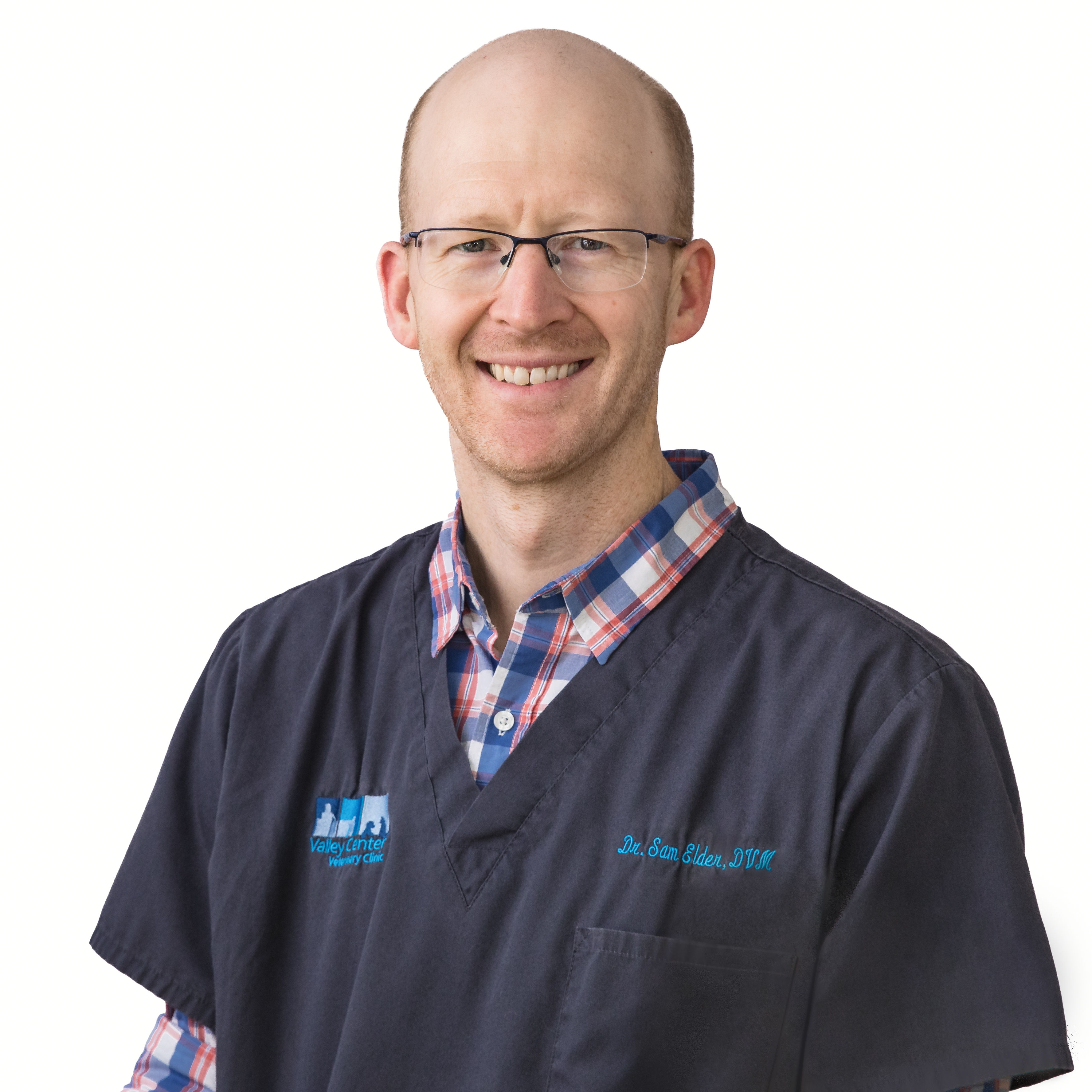
Butch is a fifteen year old adorable senior Yorkshire terrier mix with wanderlust deep within his eyes, having traveled to Alaska with his owners and having his own social media following. Butch presented to us for a problem with his teeth and gums. His attentive owners had noted a missing canine tooth and in its place a gaping hole. Not just a tooth socket but an actual communication into the nasal passages from the mouth. This is called an oronasal fistula and is not uncommon in small breed dogs with advanced dental disease. Butch not only had advanced dental disease but also suffered from a condition called cups (chronic ulcerative paradental stomatitis). CUPS is an excruciating condition in which the pet’s gums are actually reacting to the tartar present on the teeth. Despite having sought dental care in the past, Butch’s teeth and gums were in severe enough condition that extracting the majority of his teeth was the only solution.
The procedure went smoothly and Butch recovered uneventfully. Dental procedures of this kind are truly oral surgery more than they are dentistry. The fistula’s are repaired using gingival flapping techniques and great care is exercised to ensure the delicate bone is not further damaged when extracting the teeth in these small dogs. Post extraction radiographs are always taken to ensure that the bone is intact and all of a tooth and root have been removed.
The next day, Butch’s owner called us very concerned because Butch was bleeding profusely from his nose and sneezing repeatedly. We advised them to hurry in and we evaluated Butch. Due to the extent of his surgery a large amount of blood had collected in his nasal passages and was gradually (and messily) working its way out. Butch was quickly anesthetized and his nasal passages flushed. All surgical sites were thoroughly checked and we monitored his mouth and the back of his throat for any evidence of bleeding. None was observed. Butch was recovered and sent home. He continued to do well, returning the next day for further monitoring and treatment. His owners are planning new adventures with Butch as we speak!
Butch’s case highlights multiple aspects of dental care in our pets.
- Some pets simply have extremely aggressive dental disease and are much better off without their teeth than with them because of the lengths required to maintain their oral and dental health. Pets are not hunting or fighting in most cases today and so the teeth are not necessary to a great life. A painful mouth or diseased gums, however, will have a pronounced negative affect on quality and length of life.
- Beginning regular home care and professional cleanings, evaluations, and treatment (COHATs) for pets when they are young is the best way to keep their mouths healthy and reduce the likelihood that they will need major dental procedures later in life.
- Cost and concerns for anesthetic risk are the greatest hindrance to pets receiving professional cleanings, evaluations, and treatments (COHATs). We would be happy to answer questions about how VCVC can make dental care affordable and how we keep pets safe during anesthesia.
- Dental procedures can be simple or quite complex. There are always risks. Of the things we can do to increase the quality of our pet’s lives, however, excellent dental care and oral health is second to none.
- Because of these risks and the complexity of some dental cases, it is important that the team delivering dental care be highly trained and efficient to reduce the risks of major complications and the anesthetic time required and to be able to deal with complications should they arise.
- Questions you should always ask a dental care provider:
- Are you using dental radiographs?
- How much training have you and your team had in dental care and where did you receive that training?
- How many dental cases do you do each week?
- Can you diagnose and treat my pets dental problems in one anesthetic episode (or possibly two if quite severe)?
- Do you offer financing options?
- How do you keep patients safe under anesthesia?
